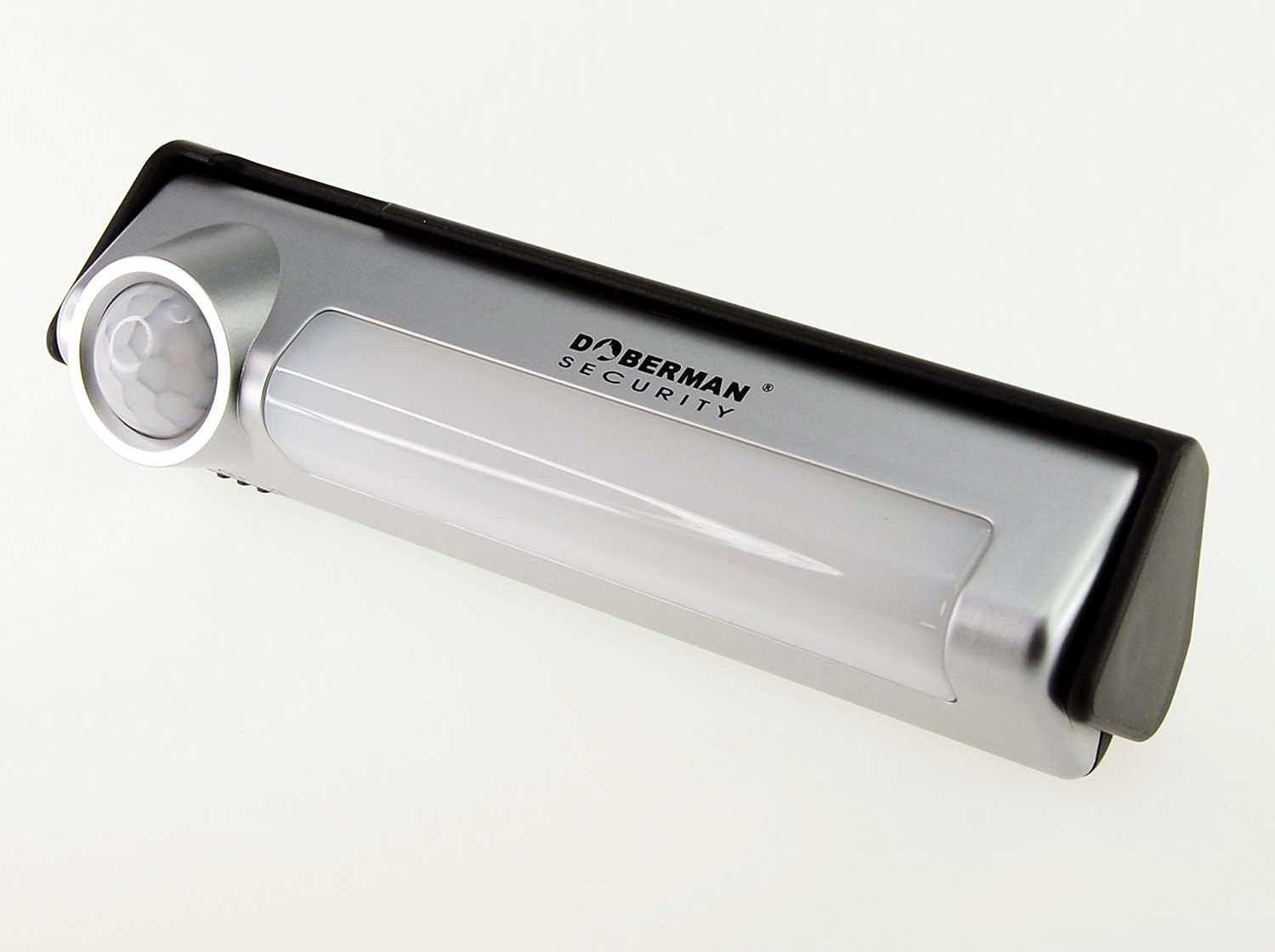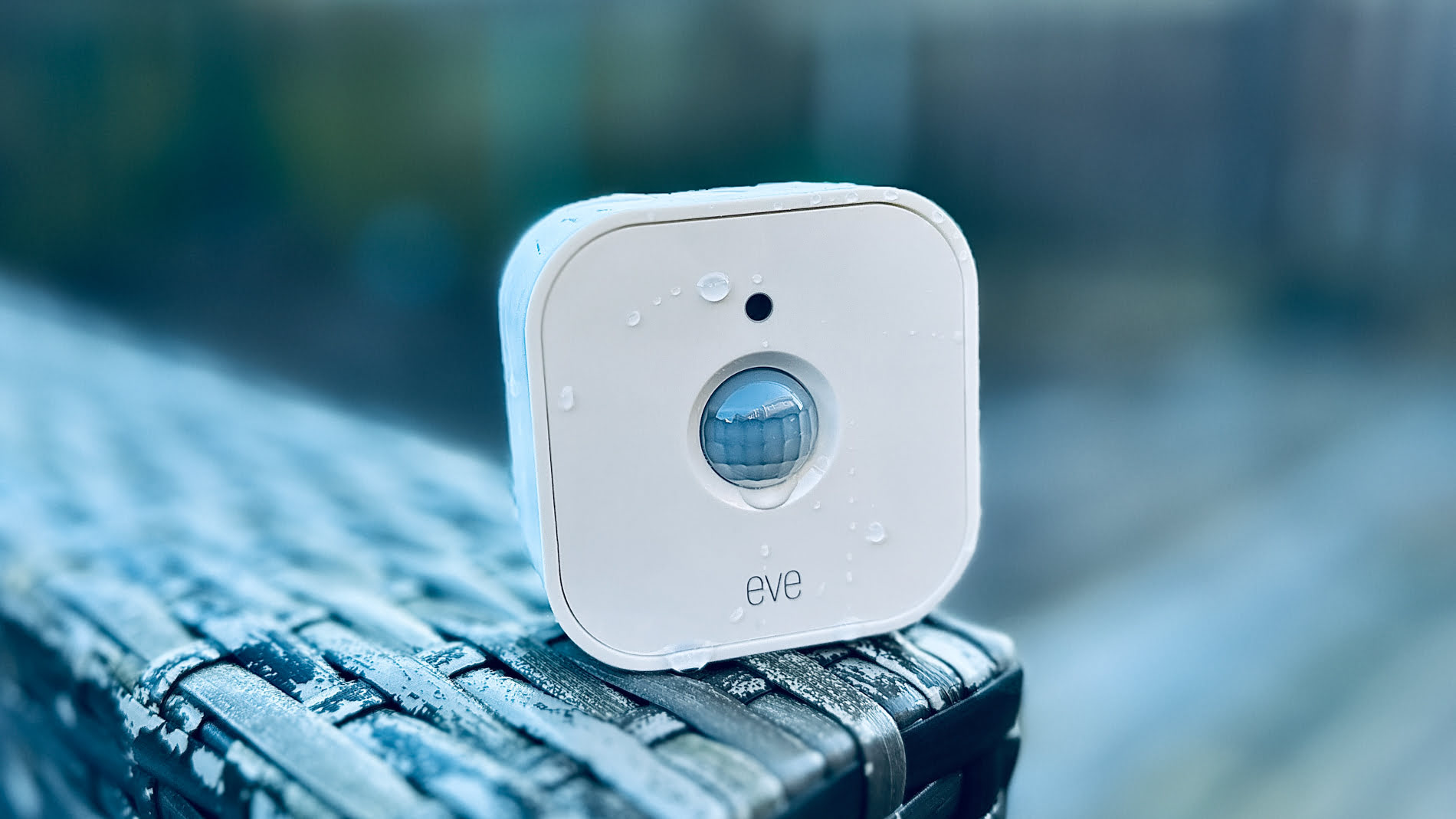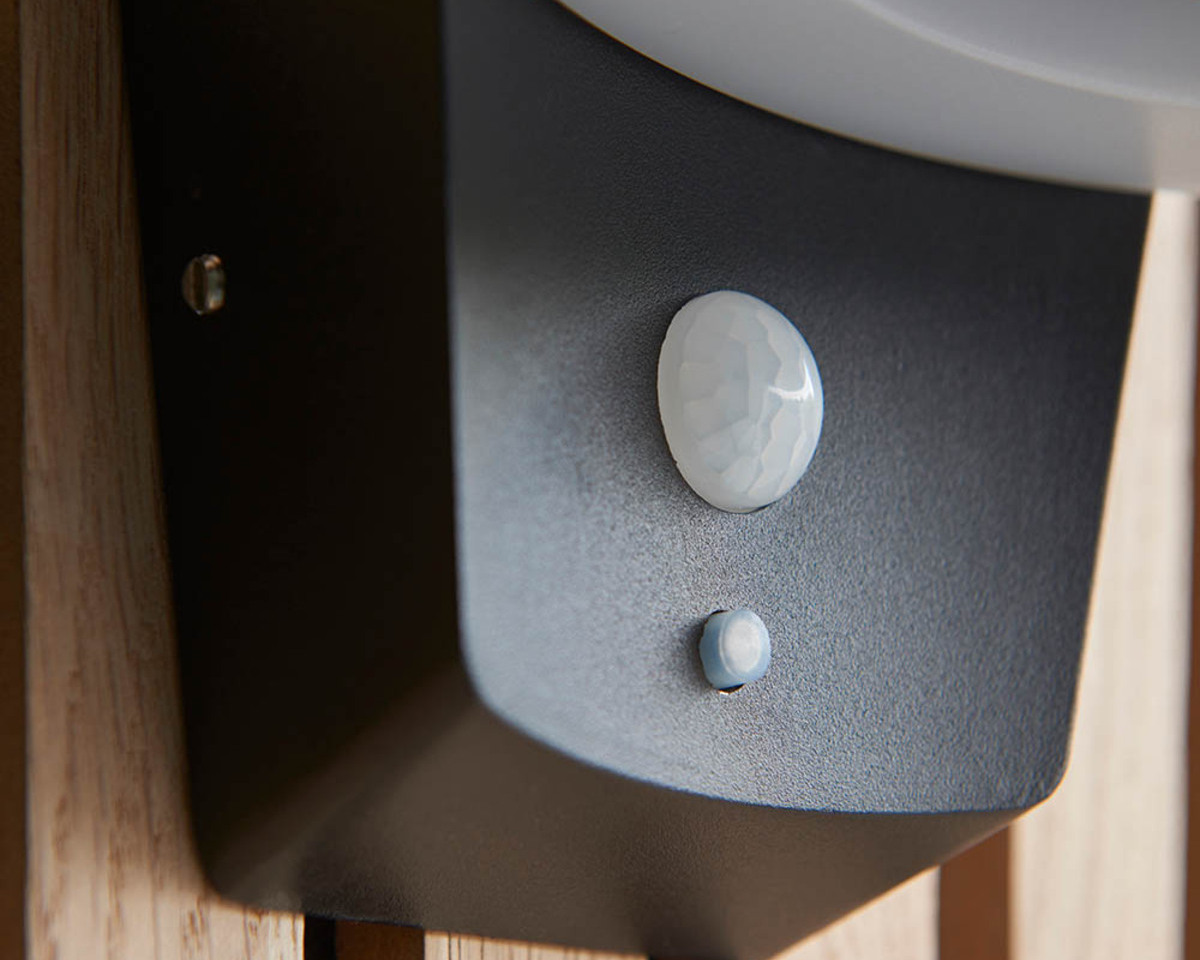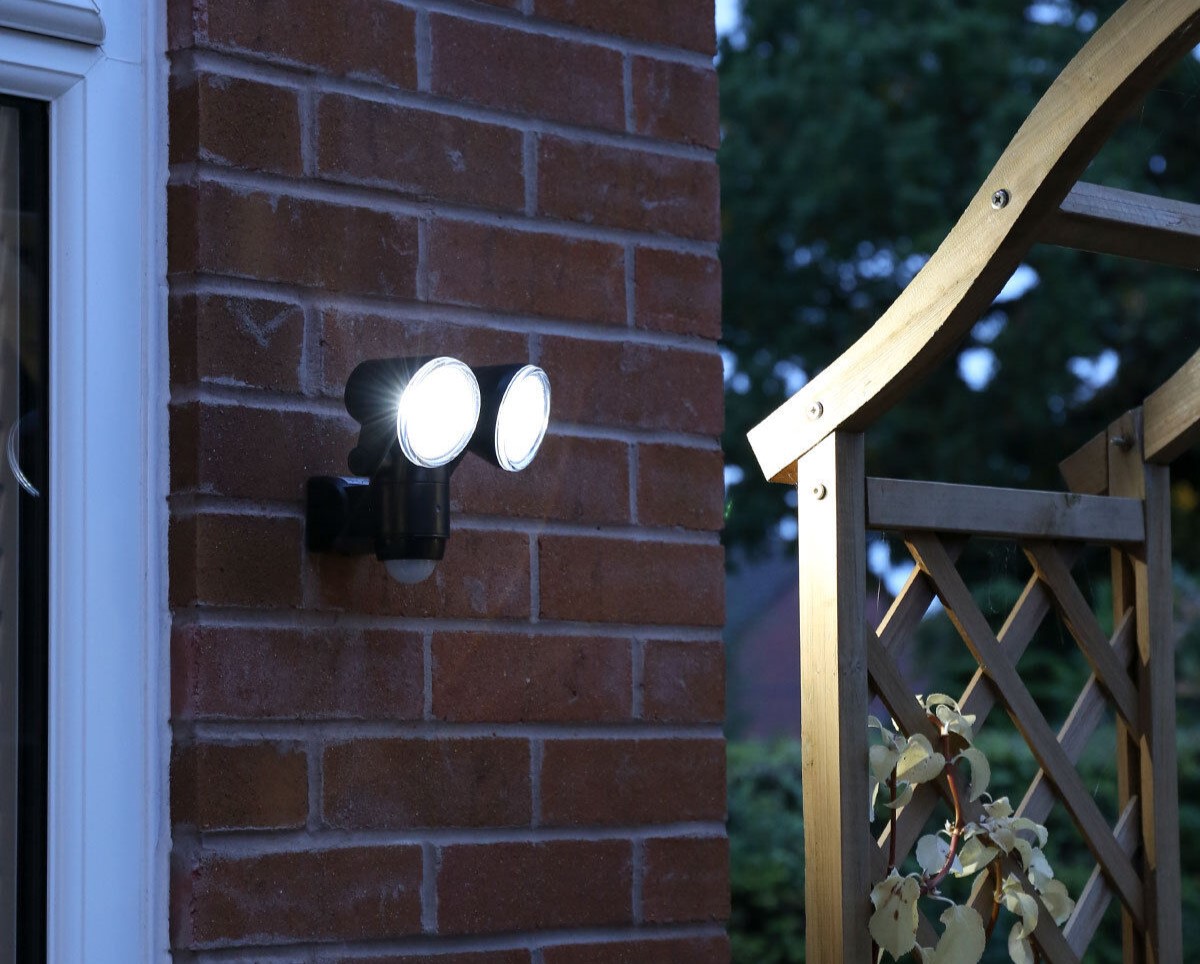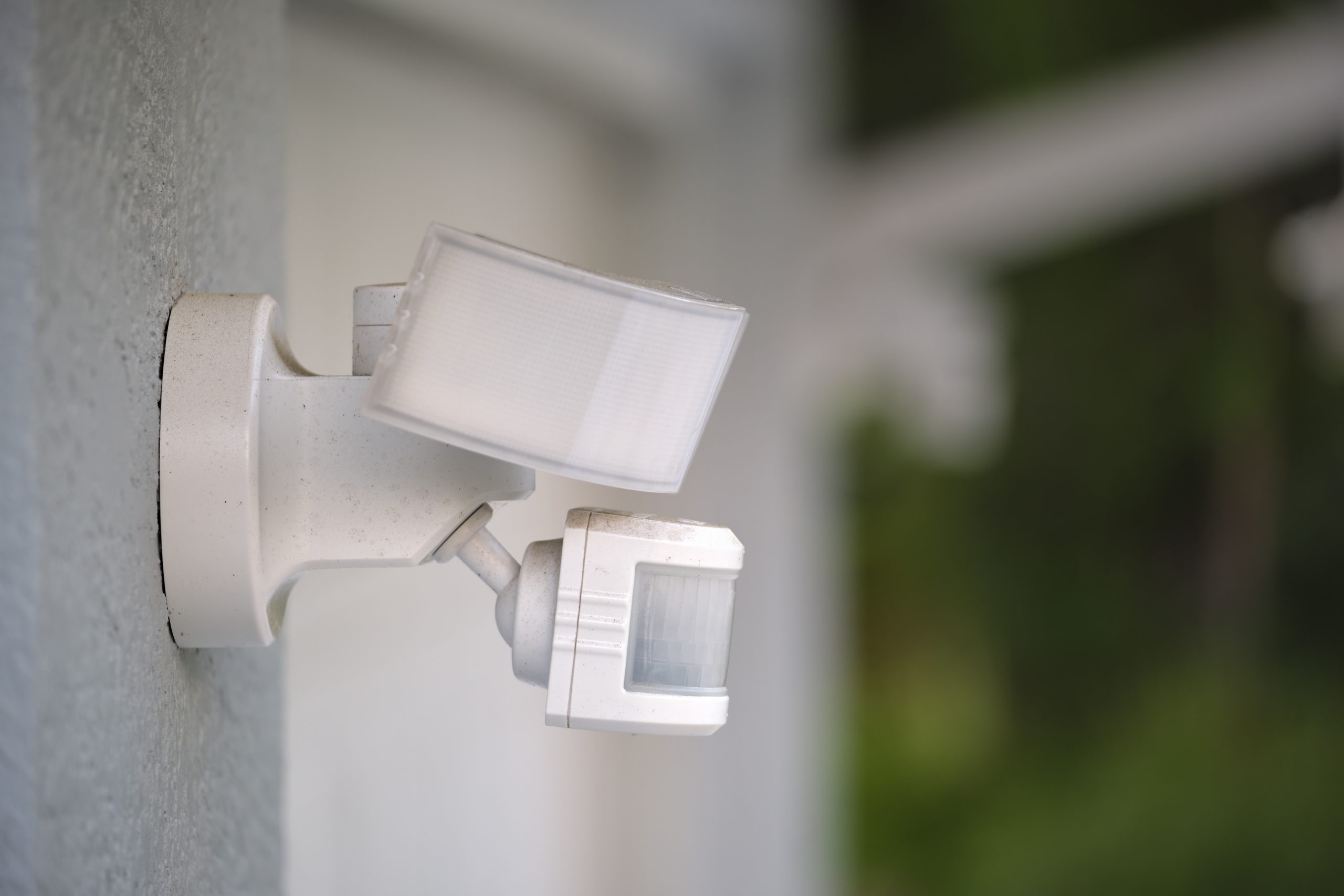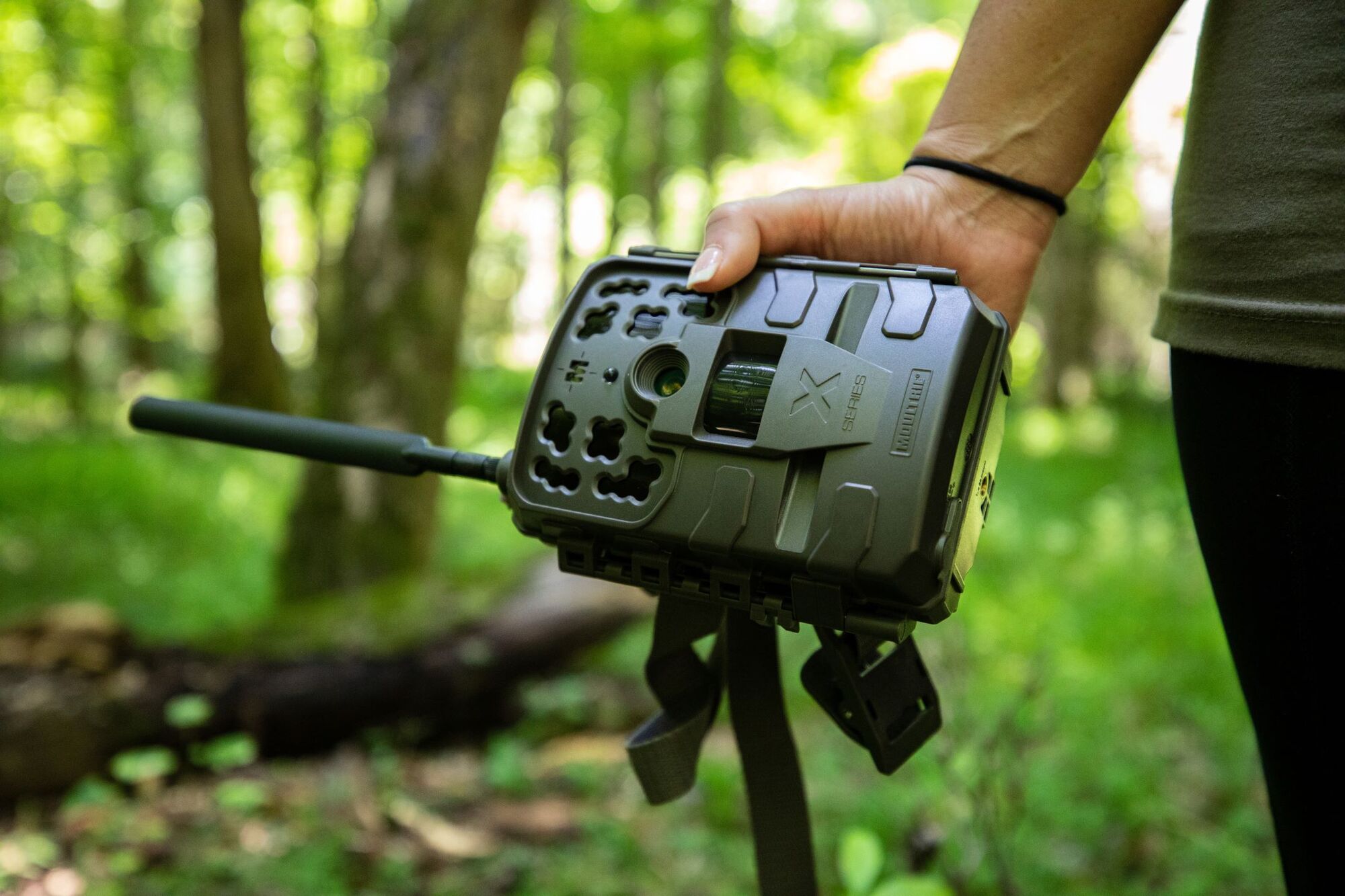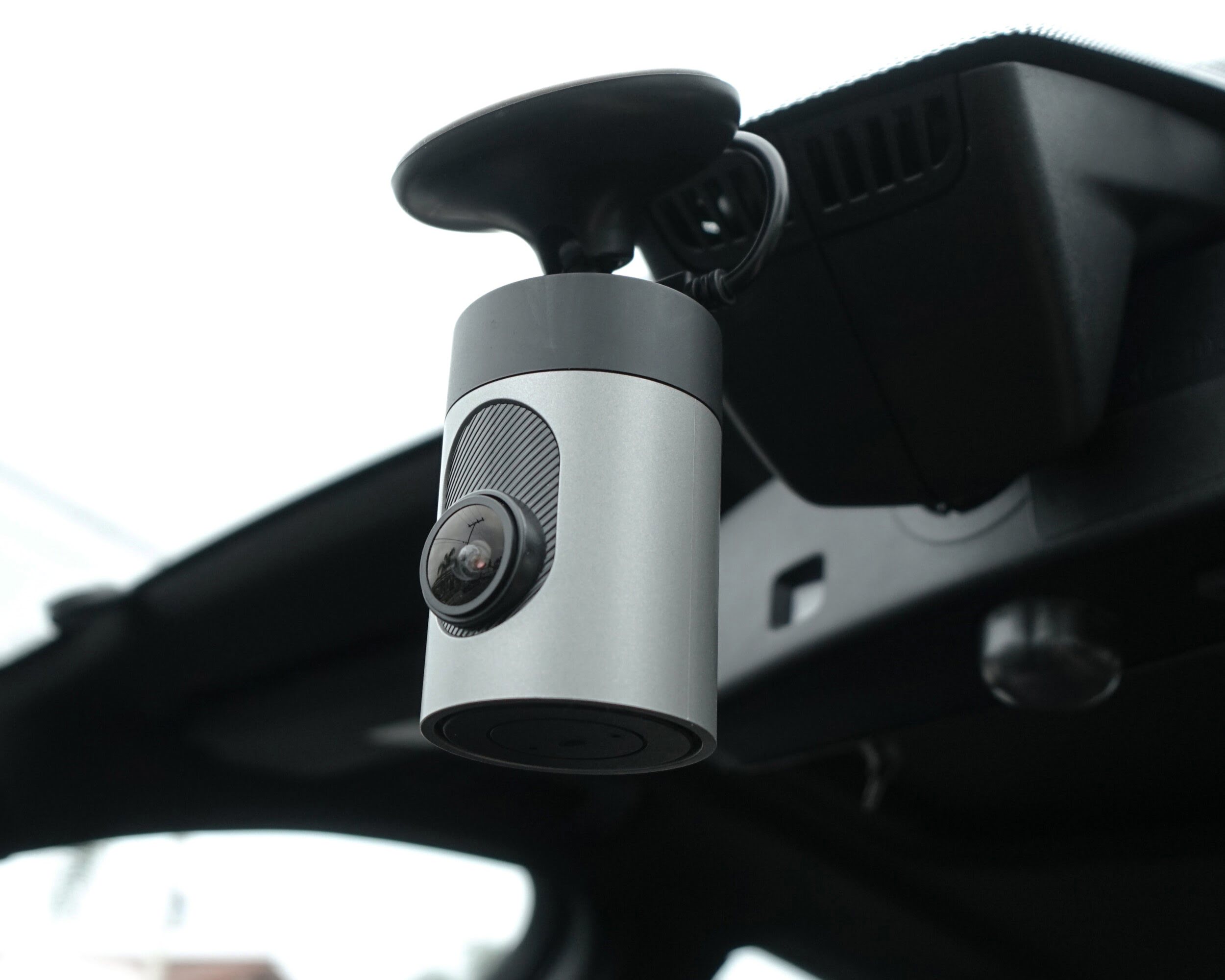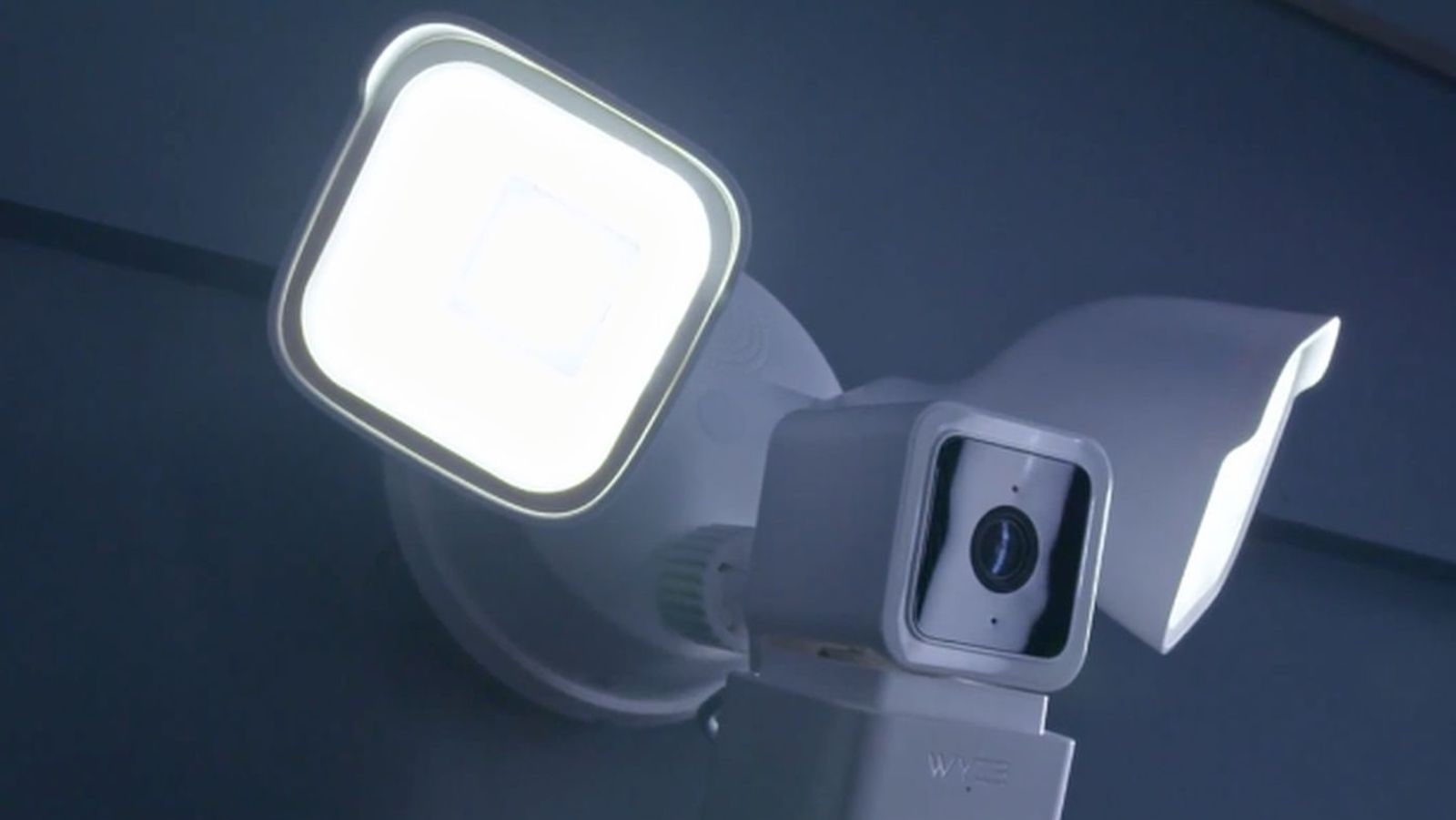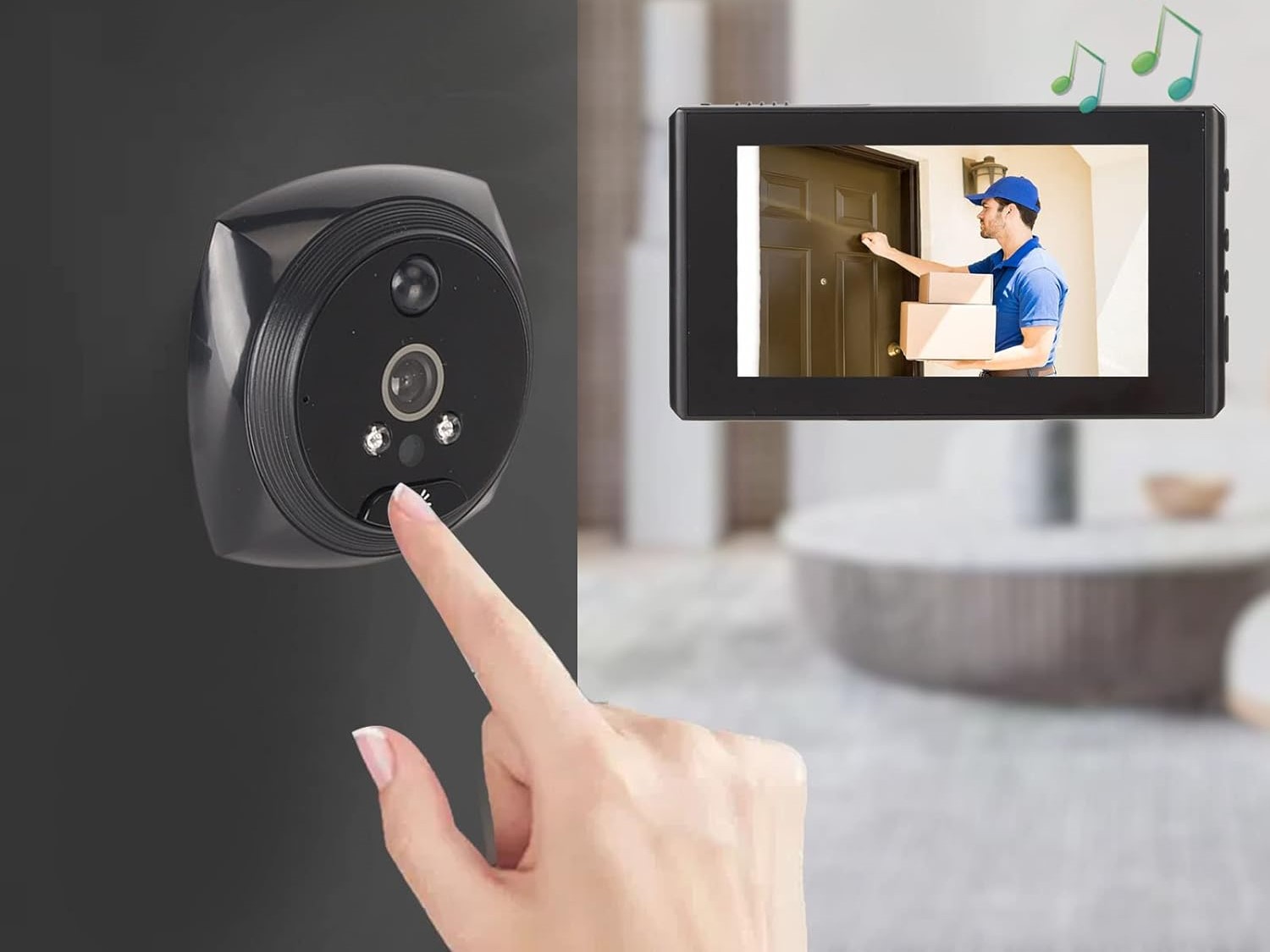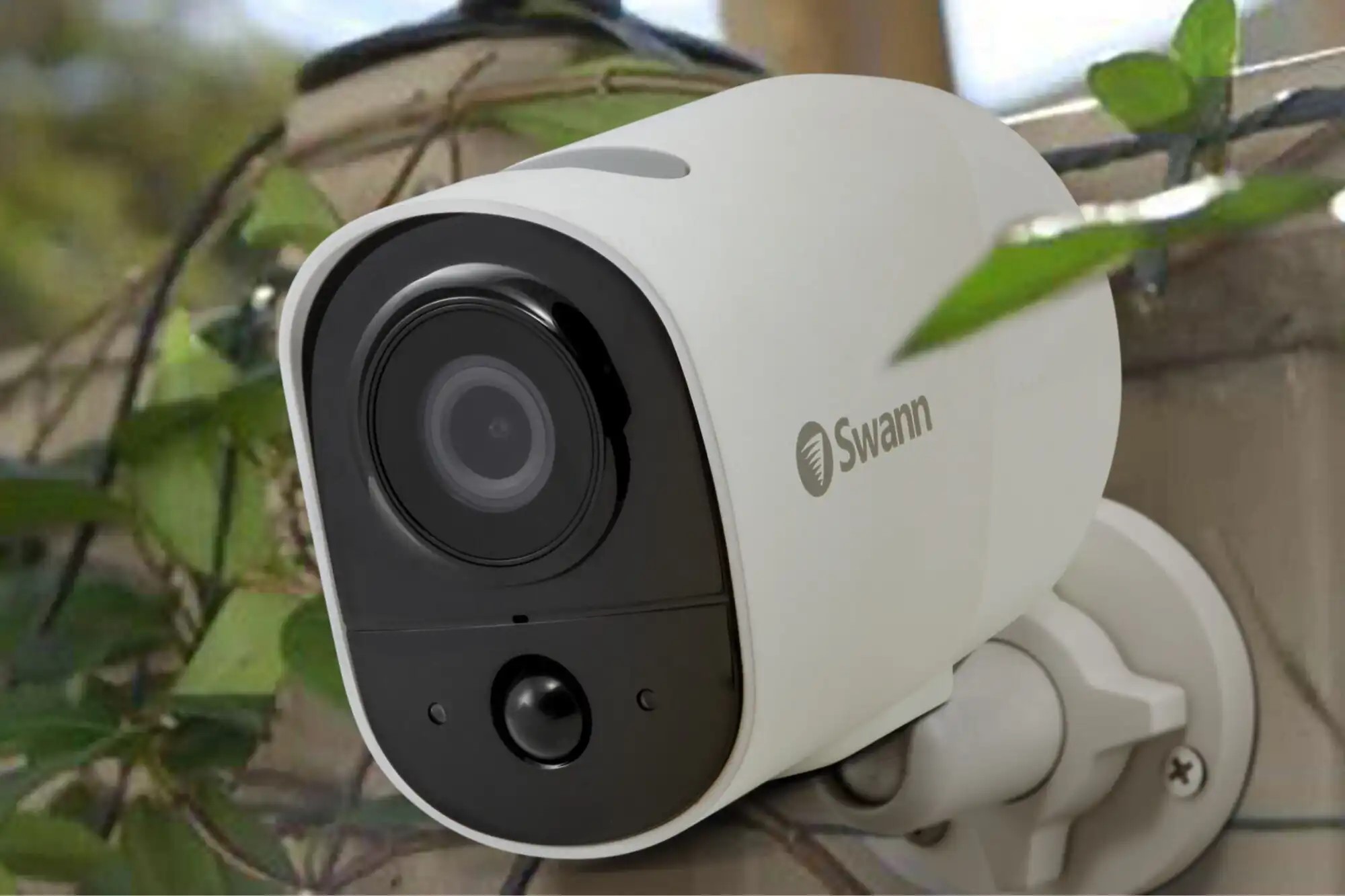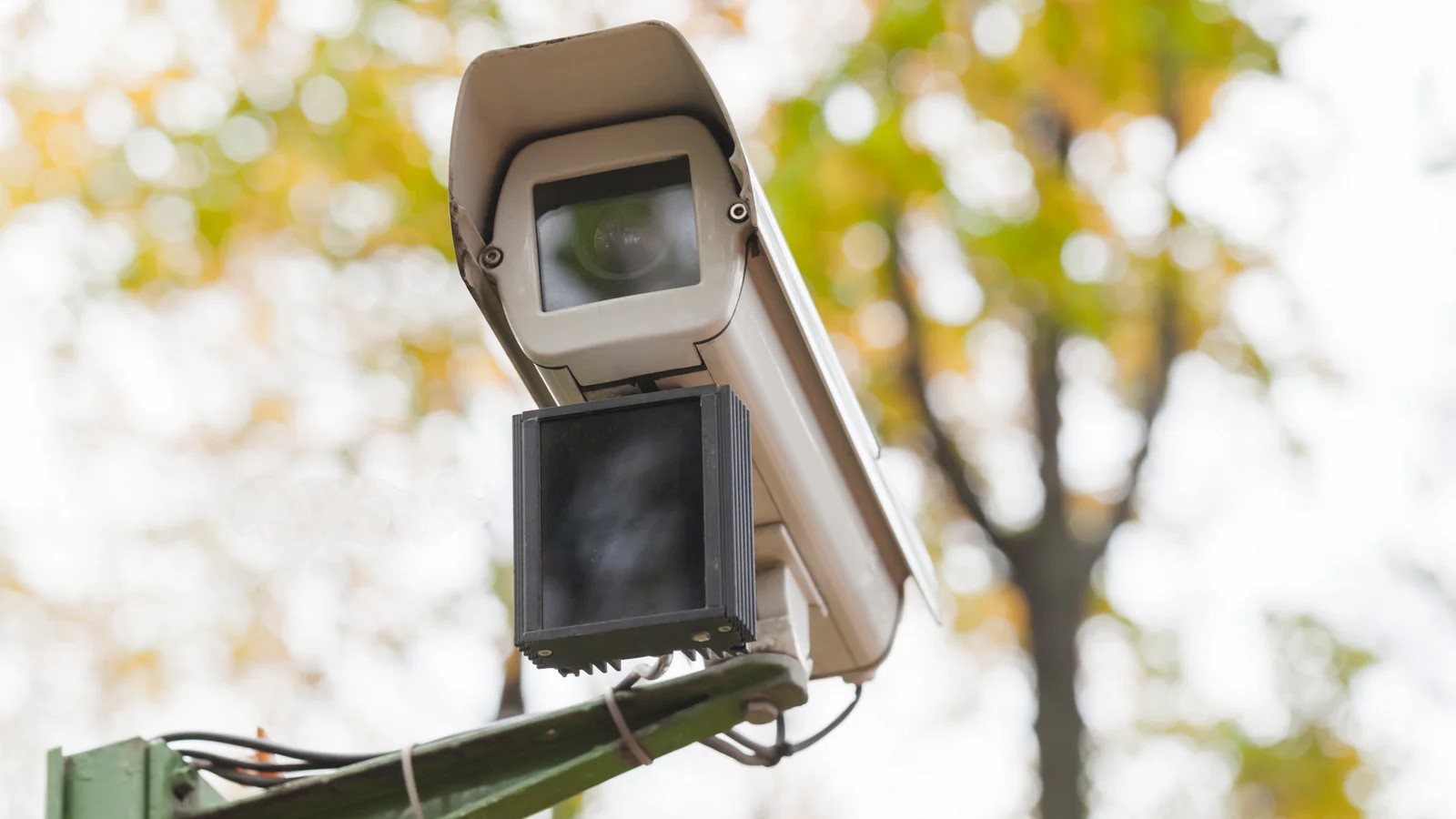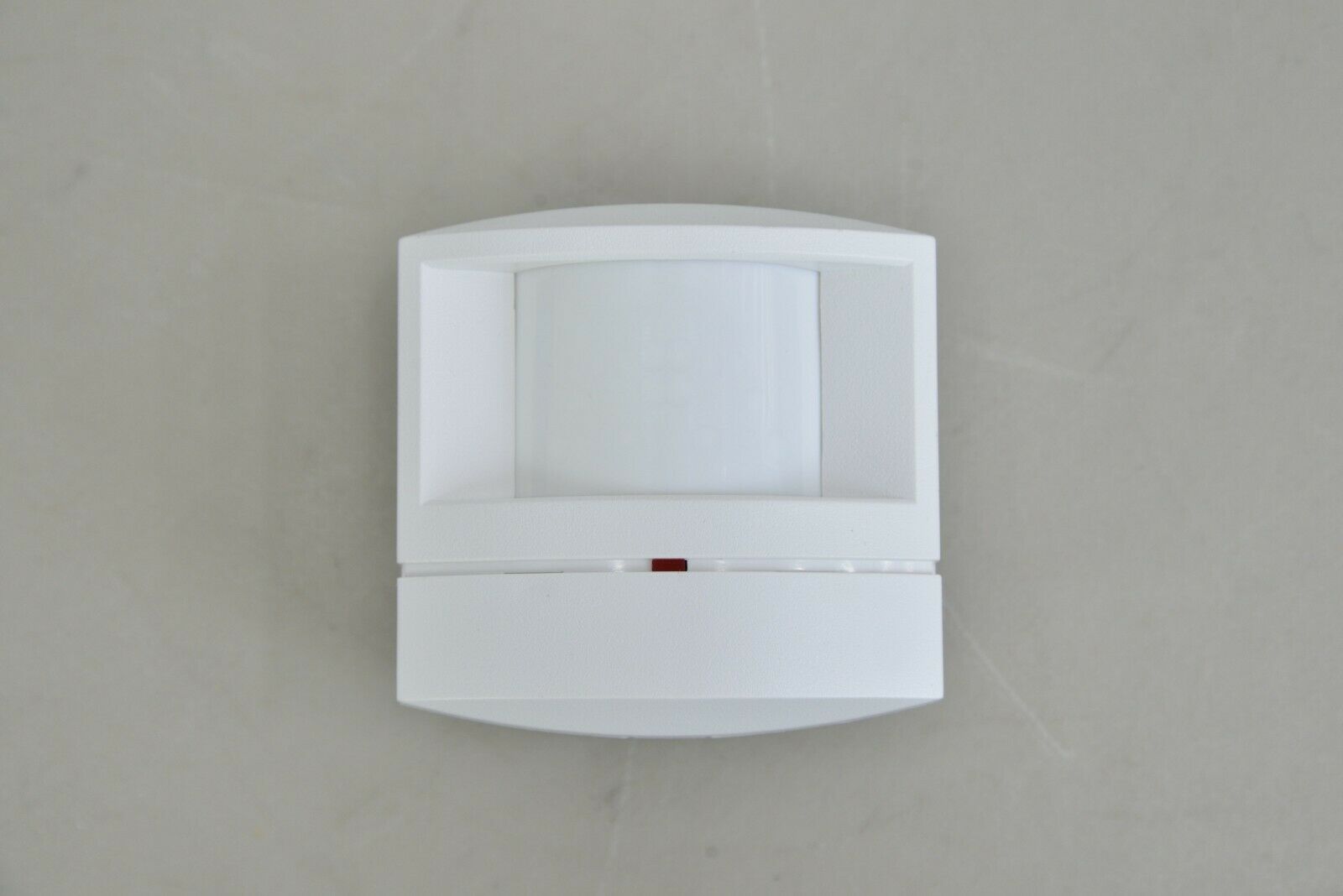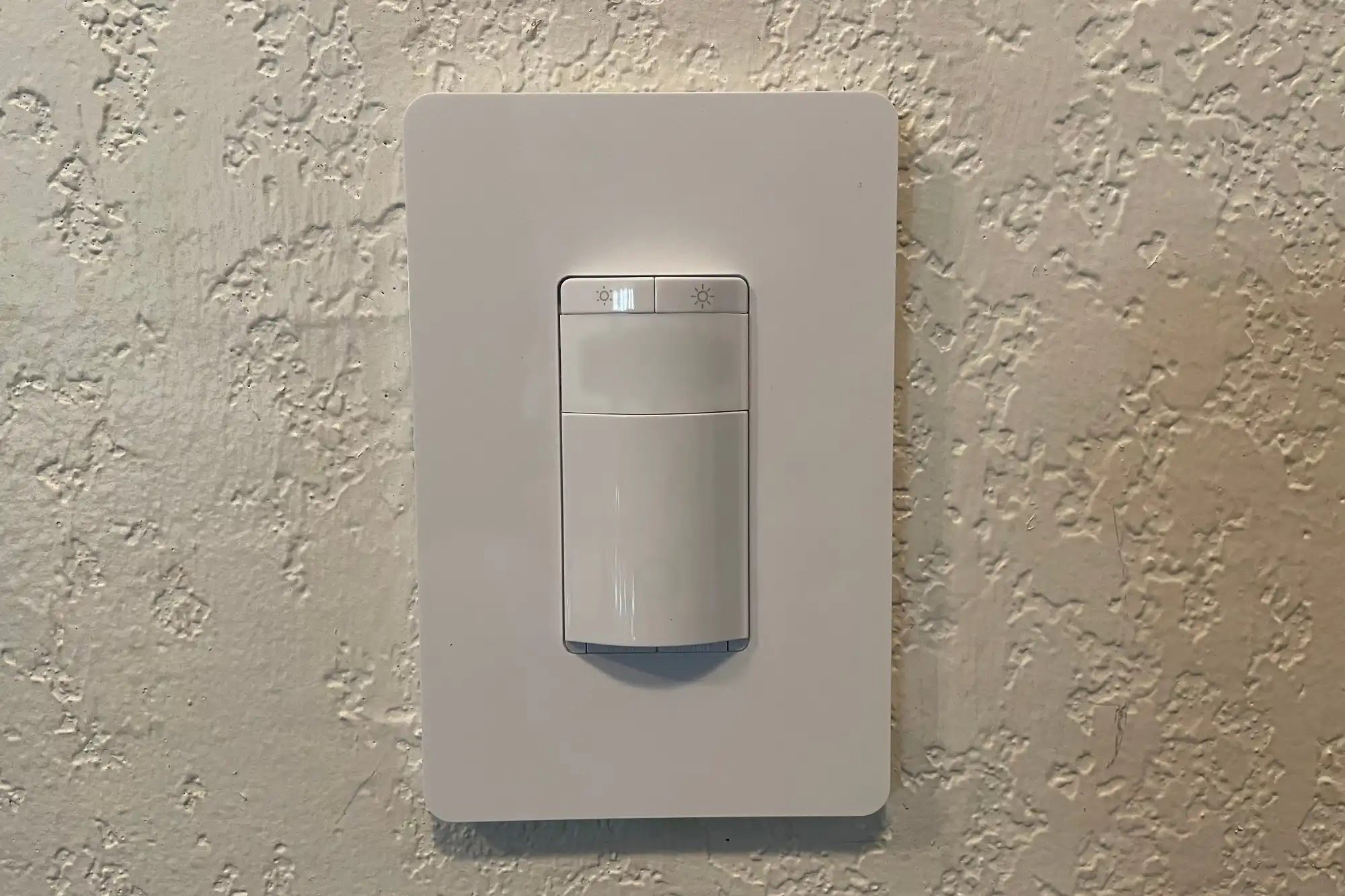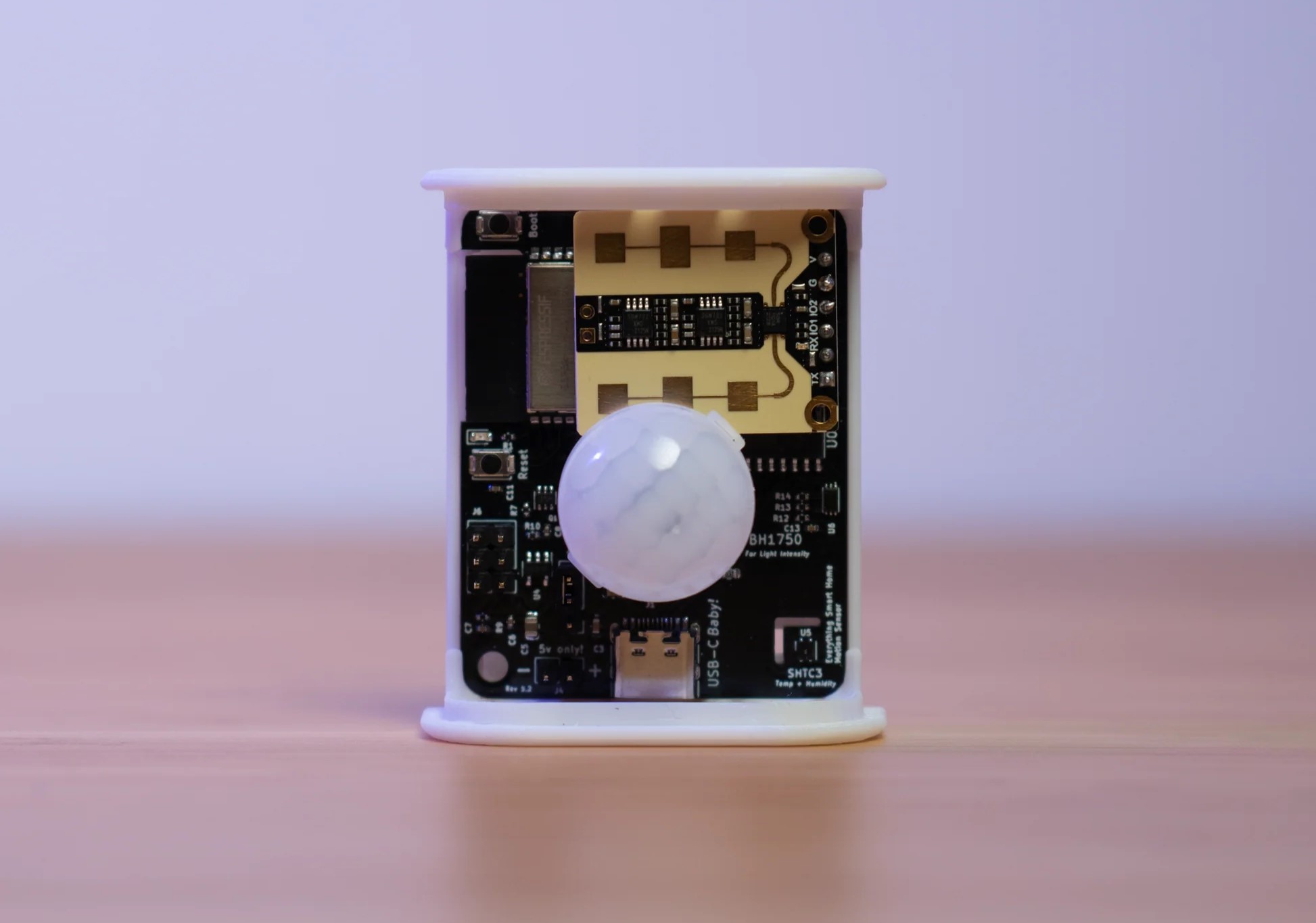Home>Home Security and Surveillance>How Do Motion Detector Cameras Operate
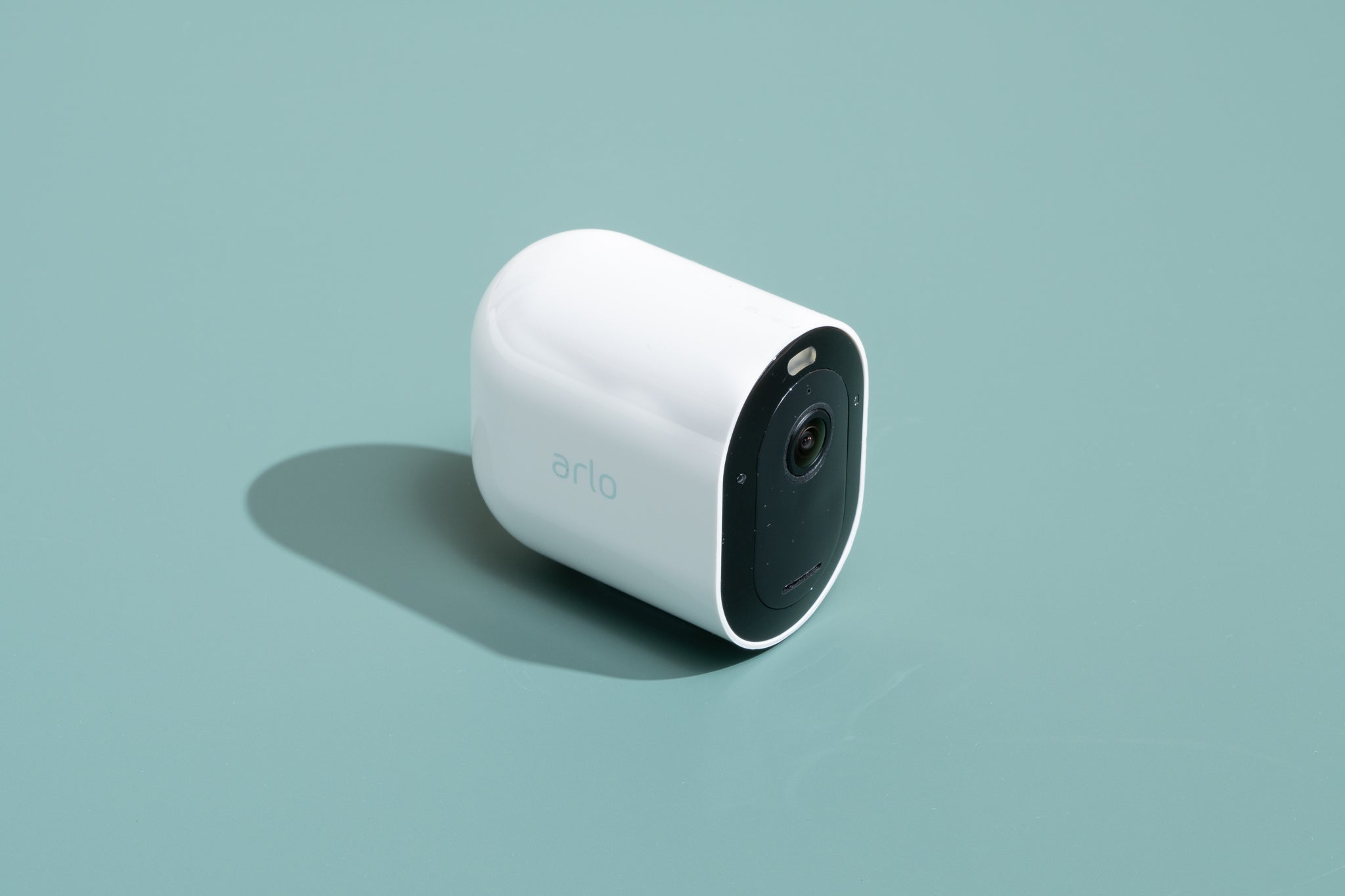

Home Security and Surveillance
How Do Motion Detector Cameras Operate
Modified: March 6, 2024
Discover how motion detector cameras work in home security and surveillance. Find out how these devices provide reliable detection and monitoring to keep your property safe.
(Many of the links in this article redirect to a specific reviewed product. Your purchase of these products through affiliate links helps to generate commission for Storables.com, at no extra cost. Learn more)
Introduction
Welcome to the world of home security and surveillance! When it comes to protecting your home and loved ones, security cameras play a crucial role. Among the various types of security cameras available, motion detector cameras are one of the most advanced and sophisticated options. These cameras offer an extra layer of security by detecting and capturing any movement that occurs within their field of view.
Motion detector cameras utilize cutting-edge technology to detect motion and trigger recording or alert systems. This technological innovation has revolutionized the way we approach home security, providing homeowners with a proactive and efficient way to monitor their property.
In this article, we will delve into the intricacies of motion detector cameras, exploring how they operate and the benefits they offer. We will also discuss their limitations and the various applications where they can be used effectively. So, let’s dive in and explore the fascinating world of motion detector cameras!
Key Takeaways:
- Motion detector cameras use advanced technology to detect movement and provide real-time alerts, enhancing home security and surveillance with proactive monitoring capabilities.
- While motion detector cameras offer benefits such as remote monitoring and reduced false alarms, it’s important to consider their limitations, including false alarms and privacy concerns, when integrating them into a security system.
Motion Detection Technology
Motion detection technology is the key component that powers motion detector cameras. It enables these cameras to detect and capture movements within their range of vision. There are various types of motion detection technologies used in these cameras, each with its own advantages and functionalities.
One commonly used motion detection technology is Passive Infrared (PIR) sensors. PIR sensors detect changes in infrared radiation, which is emitted by all objects that generate heat. When an object moves in front of the camera, it causes a change in the infrared radiation, triggering the camera to start recording or sending an alert.
Another popular technology is video-based motion detection. This technology analyzes the video feed from the camera and looks for changes in the frames. It compares consecutive frames and identifies any differences, such as movement or changes in pixel values. This method allows for precise detection and reduces false alarms.
Furthermore, some motion detector cameras use sound-based motion detection technology. These cameras have built-in microphones that detect changes in sound levels. When a significant sound is detected, such as breaking glass or a loud crash, the camera activates and starts recording.
Additionally, some advanced motion detector cameras employ mixtures of different detection technologies to enhance accuracy and reliability. These hybrid systems combine the benefits of multiple technologies, such as PIR sensors and video analysis, to provide more robust and efficient motion detection capabilities.
The choice of motion detection technology depends on factors such as the environment, monitoring requirements, and budget. Each technology has its own strengths and weaknesses, and it’s essential to choose the one that best suits your needs.
In the next section, we will explore the components of motion detector cameras, giving you a better understanding of how these cameras work in detecting and capturing motion effectively.
Components of Motion Detector Cameras
Motion detector cameras consist of several key components that work together to detect motion and capture high-quality footage. Understanding these components will give you insight into the inner workings of these cameras and how they operate.
- Image Sensor: The image sensor is the heart of the camera. It captures visual information and converts it into an electronic signal. The two most common types of image sensors used in motion detector cameras are Charged Coupled Device (CCD) and Complementary Metal-Oxide-Semiconductor (CMOS) sensors. Both sensor types have their own advantages and play a crucial role in the camera’s ability to capture clear and detailed images.
- Lens: The lens is responsible for focusing the light and forming an image on the image sensor. The type and quality of the lens have a significant impact on the camera’s ability to capture sharp and detailed footage. Different lenses offer varying angles of view and focal lengths, allowing users to choose the most suitable lens for their specific monitoring needs.
- Processor: The processor, also known as the camera’s brain, handles various tasks such as image processing, motion detection algorithms, and video encoding. It plays a vital role in the camera’s overall performance and capabilities.
- Motion Detection Algorithm: Motion detector cameras utilize specialized algorithms to analyze the video feed and detect motion accurately. These algorithms compare consecutive frames and look for differences, such as changes in pixel values or movement patterns. By applying complex mathematical calculations, the camera can determine if there is significant motion and trigger the appropriate actions.
- Storage: The captured footage is typically stored on some form of storage medium, such as a hard drive, SD card, or cloud-based storage. The amount of storage capacity determines the length of time the camera can retain the recorded footage.
- Alert System: Many motion detector cameras come equipped with an alert system that notifies users when motion is detected. This can be in the form of email notifications, push notifications to a mobile app, or even integration with a larger home security system.
- Power Source: Motion detector cameras can be powered by various sources, such as batteries, AC power, or PoE (Power over Ethernet). The choice of power source depends on the camera’s location and monitoring requirements.
By understanding these components, you gain a better understanding of how motion detector cameras work and how they are able to detect and capture motion effectively. In the next section, we will delve deeper into the intricacies of how motion detector cameras operate.
How Motion Detector Cameras Operate
Motion detector cameras are designed to detect and capture motion within their field of view. The process of how these cameras operate can be broken down into a few key steps:
- Image Acquisition: The camera continuously captures video frames using its image sensor. These frames are then passed on to the camera’s processor for further analysis.
- Motion Detection Algorithm: The camera’s processor applies a motion detection algorithm to analyze the video frames. The algorithm compares consecutive frames to identify changes in pixel values and movement patterns. It also filters out any background noise or insignificant movements, reducing false alarms.
- Motion Threshold: The camera’s motion detection algorithm uses a motion threshold to determine whether the detected motion is significant enough to trigger an event. The threshold can be adjusted based on user preferences, allowing for customization and fine-tuning of the camera’s sensitivity to motion.
- Triggering Actions: When the camera detects motion above the set threshold, it triggers the desired actions. These actions can include recording the video footage, capturing images, sounding an alarm, or sending notifications to the user’s smartphone or email.
- Recording and Storage: If the motion detection event is triggered, the camera starts recording the video footage. This recorded footage is then stored on the camera’s internal storage, SD card, or cloud-based storage, depending on the camera’s configuration.
- Alert System: Many motion detector cameras have an integrated alert system. When motion is detected, the camera sends notifications to the user’s smartphone or email, allowing for immediate awareness and response to any suspicious activity.
It is important to note that motion detector cameras can be customized to suit specific monitoring needs. Users have the flexibility to adjust the detection sensitivity, define specific areas for monitoring, and set up personalized alert preferences. This customization ensures that the camera is tailored to effectively capture and alert users to relevant motion events while minimizing false alarms.
Next, we will explore the different types of motion detection algorithms used in motion detector cameras and their unique characteristics.
Types of Motion Detection Algorithms
Motion detector cameras utilize various types of motion detection algorithms to accurately detect and analyze motion within their field of view. Each algorithm has its own strengths and weaknesses, making them suitable for different scenarios. Here are some commonly used motion detection algorithms:
- Frame Difference: This algorithm compares consecutive video frames and calculates the differences in pixel values. If the differences exceed a certain threshold, motion is detected. Frame difference algorithms are simple and computationally efficient, but they may be susceptible to false alarms caused by noise or lighting changes.
- Background Subtraction: In this algorithm, a static background model is created during the camera’s initial setup. The algorithm then subtracts the current frame from the background model to detect any foreground objects, which indicate motion. Background subtraction algorithms are effective in detecting motion in dynamic environments but may struggle with slowly changing backgrounds.
- Optical Flow: Optical flow algorithms analyze the movement of pixels between consecutive frames. By tracking the flow of pixels, the algorithm detects regions of motion. Optical flow algorithms are effective in capturing the direction and speed of moving objects but may struggle with complex scenes or occlusions.
- Blob Detection: Blob detection algorithms identify and track connected groups of pixels within a frame. These groups, known as blobs, represent potential objects in motion. Blob detection algorithms are capable of accurately detecting and tracking objects of different shapes and sizes.
- Artificial Intelligence (AI) and Machine Learning: With advancements in AI and machine learning, motion detector cameras can now utilize these technologies to improve motion detection accuracy. AI-based algorithms can learn and adapt to different environments, analyzing patterns and identifying anomalies to detect motion effectively.
The choice of motion detection algorithm depends on factors such as the environment, the complexity of the scene, and the desired level of accuracy. Some cameras may employ a combination of multiple algorithms to enhance detection capabilities.
It’s important to note that no single algorithm is perfect for all situations, and it may require some experimentation and fine-tuning to achieve the desired level of motion detection accuracy with a specific camera in a particular setting.
In the next section, we will explore the benefits of motion detector cameras, highlighting why they are a valuable addition to any home security system.
Motion detector cameras operate by using sensors to detect changes in the environment, such as movement or heat. When the sensors are triggered, the camera is activated to start recording or capturing images.
Benefits of Motion Detector Cameras
Motion detector cameras offer a range of benefits that make them an invaluable tool for home security and surveillance. Here are some key advantages of using motion detector cameras:
- Real-Time Alerts: Motion detector cameras can send instant alerts to your smartphone or email when motion is detected. This allows you to respond quickly to any potential security threats and take necessary action.
- Enhanced Security: By capturing and recording any motion within their field of view, motion detector cameras provide an extra layer of security. They act as a deterrent to potential intruders and help in identifying individuals involved in suspicious activities.
- Reduced False Alarms: With the use of advanced motion detection algorithms, motion detector cameras can minimize false alarms triggered by environmental factors such as moving trees or changing lighting conditions. This ensures that you receive alerts only when there is a genuine motion event.
- Remote Monitoring: Motion detector cameras enable you to monitor your home remotely from anywhere in the world. With a smartphone or computer connected to the internet, you can access live video feeds and recorded footage, giving you peace of mind even when you’re away.
- Customizable Monitoring Zones: Many motion detector cameras allow you to define specific areas within their field of view for monitoring. This means you can focus on critical areas such as entrances, windows, or valuable possessions, ensuring that you receive alerts for motion in those specific zones.
- Evidence Collection: In the unfortunate event of a break-in or other security incident, motion detector cameras provide valuable evidence. The recorded footage can be used by law enforcement to identify and apprehend intruders, increasing the chances of a successful resolution to the incident.
- Economical and Scalable: Motion detector cameras offer a cost-effective solution for home security. They are relatively affordable compared to other security systems, and additional cameras can be easily added to expand the coverage area as needed.
These benefits highlight the significant advantages of incorporating motion detector cameras into your home security system. From real-time alerts to remote monitoring capabilities, these cameras offer peace of mind and enhance the overall security of your home.
However, it’s important to acknowledge the limitations that motion detector cameras may have. We will explore these limitations in the next section.
Limitations of Motion Detector Cameras
While motion detector cameras offer numerous benefits, it’s essential to be aware of their limitations to make informed decisions about their use. Here are some limitations to consider:
- False Alarms: Although motion detection algorithms have improved significantly, false alarms can still occur. Factors such as moving trees, small animals, or lighting changes can trigger false motion events, leading to unnecessary notifications or recordings.
- Blind Spots: Motion detector cameras have a limited field of view. They may have blind spots where motion may occur without being detected. Careful placement and proper calibration of the camera can help minimize blind spots.
- Reliance on Power Source: Motion detector cameras require a continuous power source to operate effectively. If there is a power outage or the camera loses power, the monitoring capability will be temporarily compromised.
- Privacy Concerns: The use of motion detector cameras raises privacy concerns, as they capture footage both inside and outside the premises. It’s important to adhere to local privacy regulations and use the cameras responsibly, ensuring that the privacy of individuals is respected.
- Limitations in Extreme Weather Conditions: Harsh weather conditions such as heavy rain, snow, or extreme temperatures can affect the performance of motion detector cameras. It’s important to choose cameras that are designed to withstand such conditions and consider additional protective measures if necessary.
- Technical Challenges: Motion detector cameras rely on technology, and like any technology, they can face technical glitches or malfunctions. Regular maintenance and monitoring are necessary to ensure that the cameras are functioning optimally.
- Cost of Implementation: While motion detector cameras can be cost-effective compared to other security systems, the initial investment and ongoing costs should be considered. These costs include the purchase of cameras, storage solutions, and any additional equipment needed for installation and maintenance.
Understanding these limitations allows you to make informed decisions about the use of motion detector cameras and consider strategies to address or mitigate these limitations. Despite these limitations, motion detector cameras remain a valuable tool in enhancing home security and surveillance.
Next, let’s explore the various applications where motion detector cameras can be effectively utilized.
Applications of Motion Detector Cameras
Motion detector cameras have a wide range of applications in various settings, offering enhanced security and peace of mind. Here are some common applications where motion detector cameras can be effectively utilized:
- Home Security: Motion detector cameras are widely used in residential settings to protect homes and deter potential intruders. They provide homeowners with the ability to monitor their property and receive instant alerts when any motion is detected.
- Business Security: Many businesses use motion detector cameras to safeguard their premises, inventory, and employees. These cameras help in monitoring entrances, parking lots, and sensitive areas, providing an added layer of security against theft, vandalism, or unauthorized access.
- Outdoor Surveillance: Motion detector cameras designed for outdoor use are ideal for monitoring expansive areas such as gardens, driveways, or large properties. They can be configured to ignore small animals ornon-human motion while focusing on detecting human activity.
- Child and Elderly Monitoring: Motion detector cameras can be used to ensure the safety and well-being of children or elderly family members. They can help monitor their movements and provide alerts in case of any unusual activity or emergencies.
- Pet Monitoring: Pet owners can use motion detector cameras to keep an eye on their pets when they are away. Motion alerts can notify them of any unexpected behavior or potential issues, allowing them to ensure the well-being of their furry companions.
- Package Delivery Monitoring: Motion detector cameras placed near the front entrance can help monitor the delivery of packages. Users can receive alerts when delivery personnel arrive and ensure packages are safely received.
- Public Safety: Motion detector cameras deployed in public areas such as parks, parking lots, or streets play a vital role in enhancing public safety. They can capture evidence in case of criminal activities, accidents, or acts of vandalism.
- Workplace Monitoring: Motion detector cameras in office or industrial settings can help monitor employee activities, secure sensitive areas, and prevent unauthorized entry. However, it’s important to establish proper policies and adhere to privacy regulations when implementing workplace monitoring systems.
These are just a few examples of the countless ways motion detector cameras can be utilized to enhance security and surveillance in various environments. The flexibility and adaptability of these cameras make them a valuable asset in protecting people, property, and assets.
As we conclude, motion detector cameras offer a proactive and efficient solution to home security and surveillance. By understanding their operation, benefits, and limitations, you can make informed decisions about integrating them into your security system and enjoy the peace of mind they provide.
Conclusion
Motion detector cameras have revolutionized the world of home security and surveillance, providing homeowners with an advanced and proactive solution to protect their property and loved ones. With their ability to detect and capture motion, these cameras offer enhanced security features and peace of mind.
By utilizing advanced motion detection technology and algorithms, motion detector cameras can accurately identify and respond to any movement within their field of view. They can send real-time alerts, record video footage, and provide remote monitoring capabilities, allowing users to stay connected and informed, even when they are away from home.
While motion detector cameras offer numerous benefits, it’s important to acknowledge their limitations. False alarms, blind spots, and privacy concerns are factors that need to be considered and addressed when deploying these cameras. Additionally, the cost of implementation and maintenance should be taken into account when planning a security system.
From residential homes to businesses, motion detector cameras find various applications, including home security, business security, outdoor surveillance, child and elderly monitoring, and public safety. Their versatility and adaptability make them a valuable asset in a range of settings and situations.
In conclusion, motion detector cameras have significantly contributed to the field of home security and surveillance. Their ability to detect motion, capture clear footage, and provide real-time alerts has made them an essential component of modern security systems. By understanding their operation, benefits, limitations, and applications, individuals can make informed decisions about integrating motion detector cameras into their security setup. With these cameras in place, homeowners and businesses can enjoy enhanced safety, peace of mind, and a greater sense of security for their loved ones and valuable assets.
Frequently Asked Questions about How Do Motion Detector Cameras Operate
Was this page helpful?
At Storables.com, we guarantee accurate and reliable information. Our content, validated by Expert Board Contributors, is crafted following stringent Editorial Policies. We're committed to providing you with well-researched, expert-backed insights for all your informational needs.
